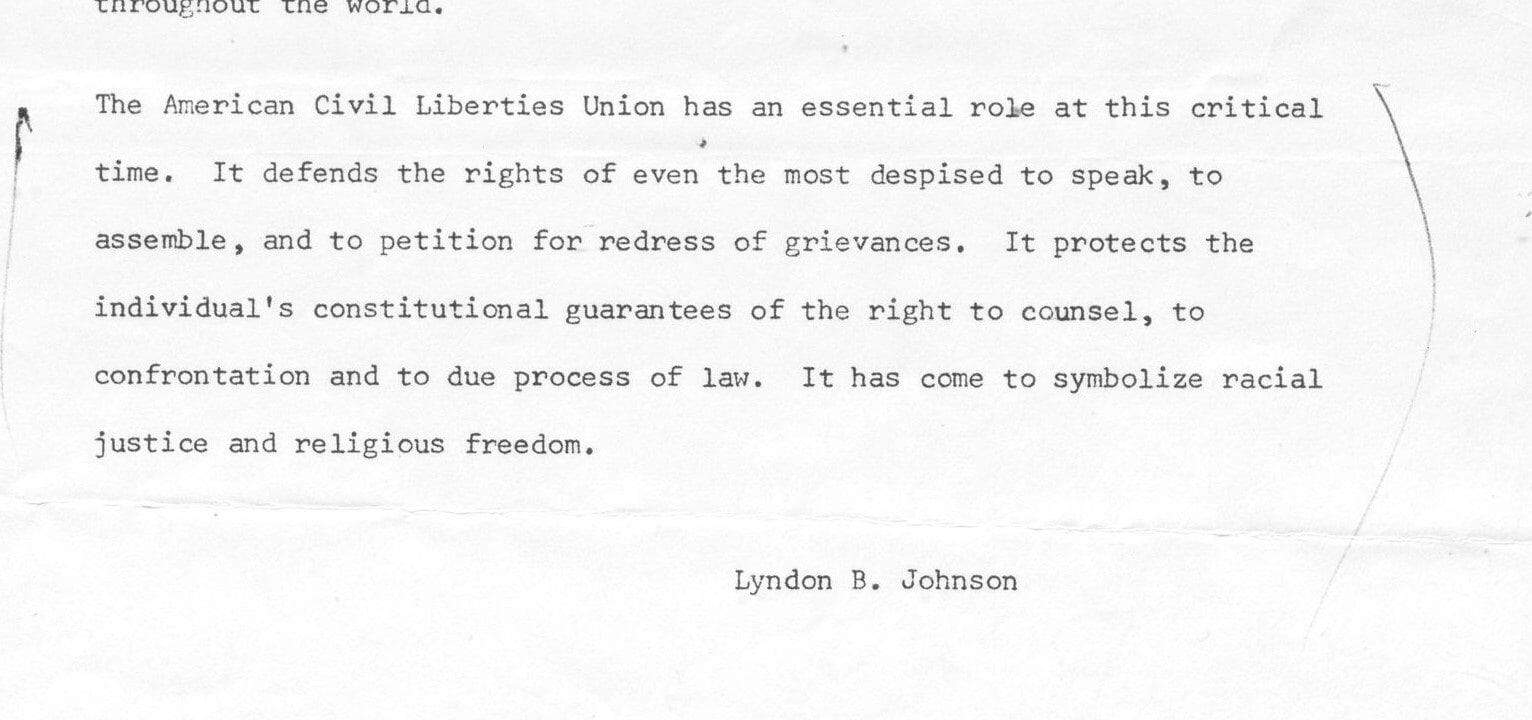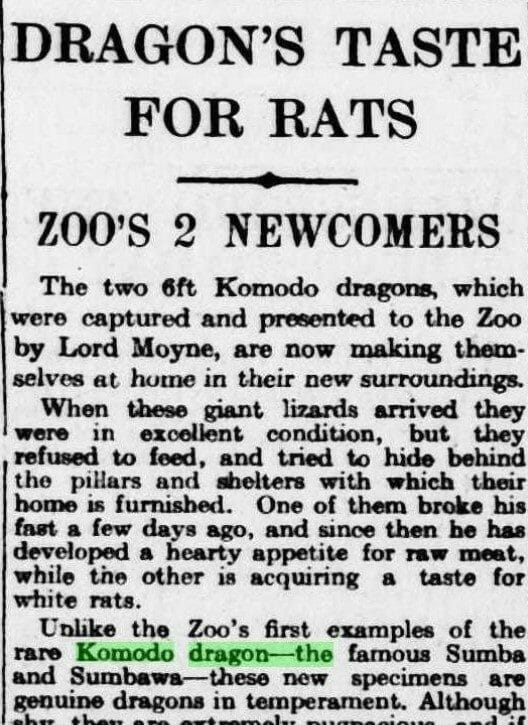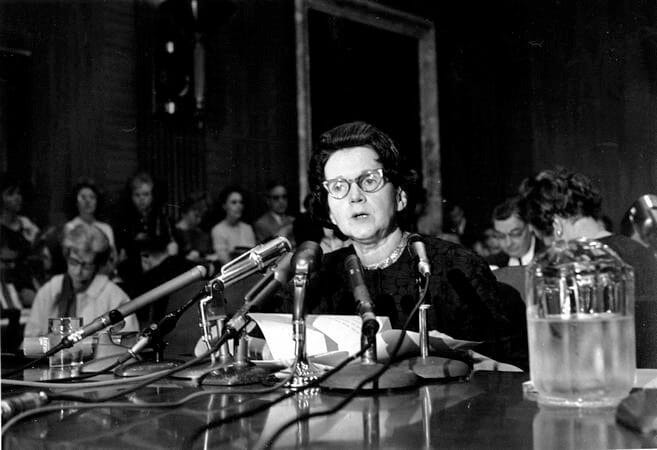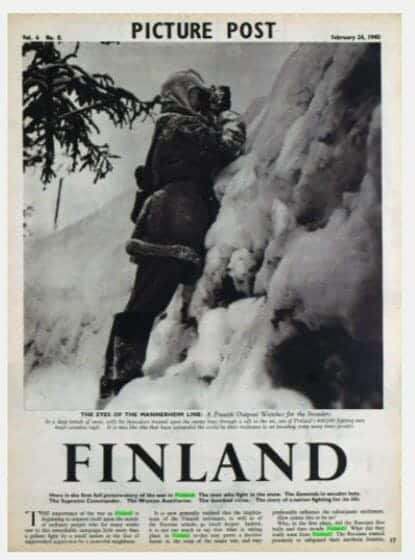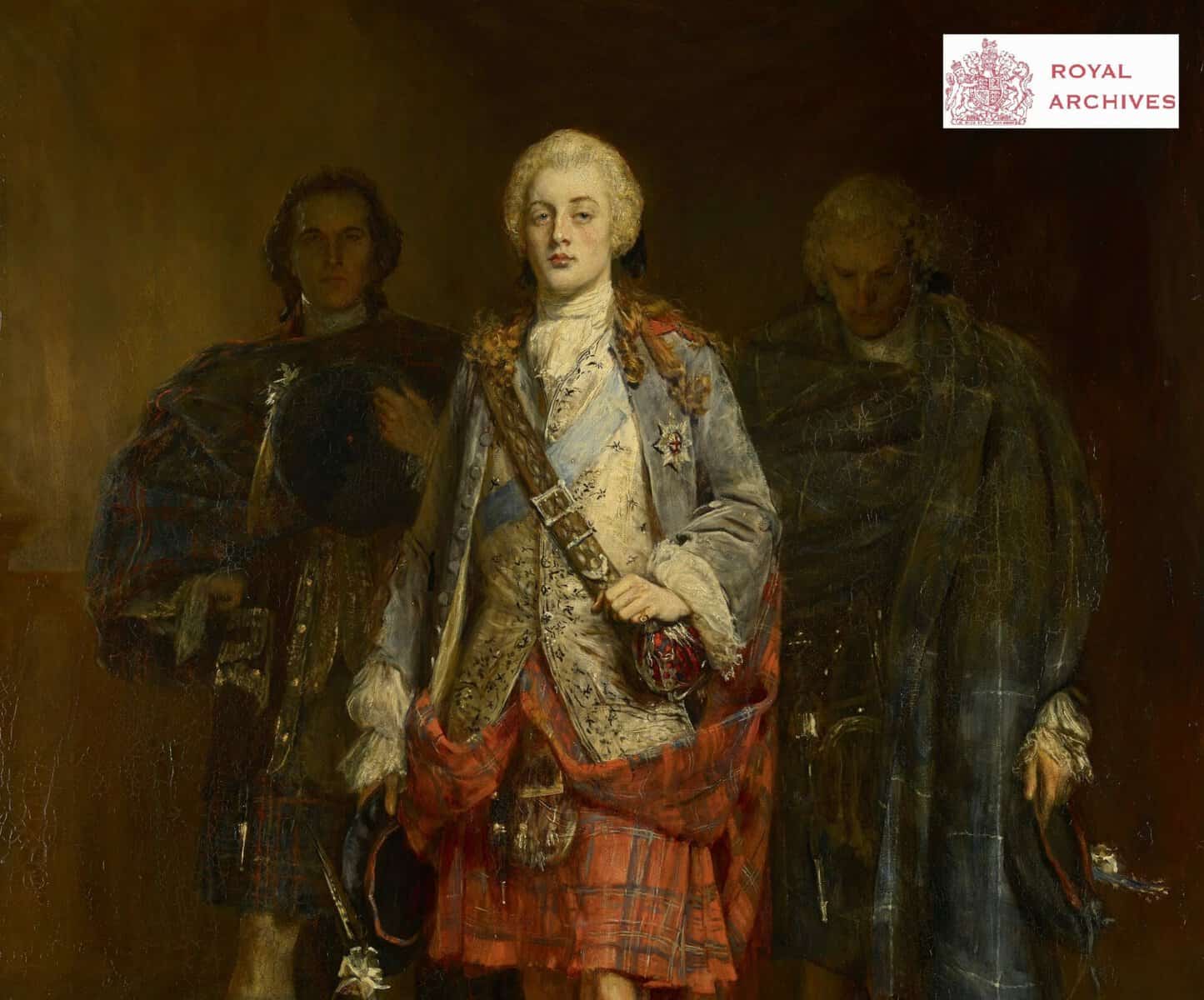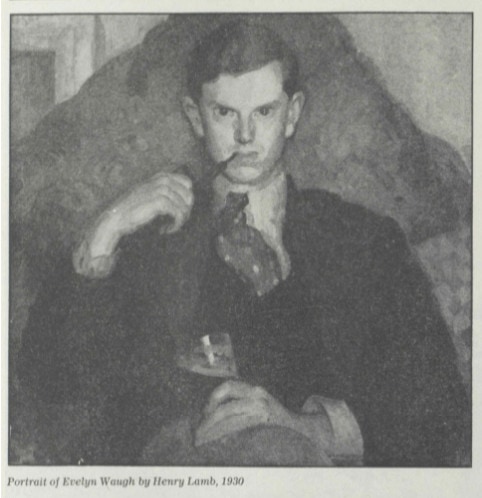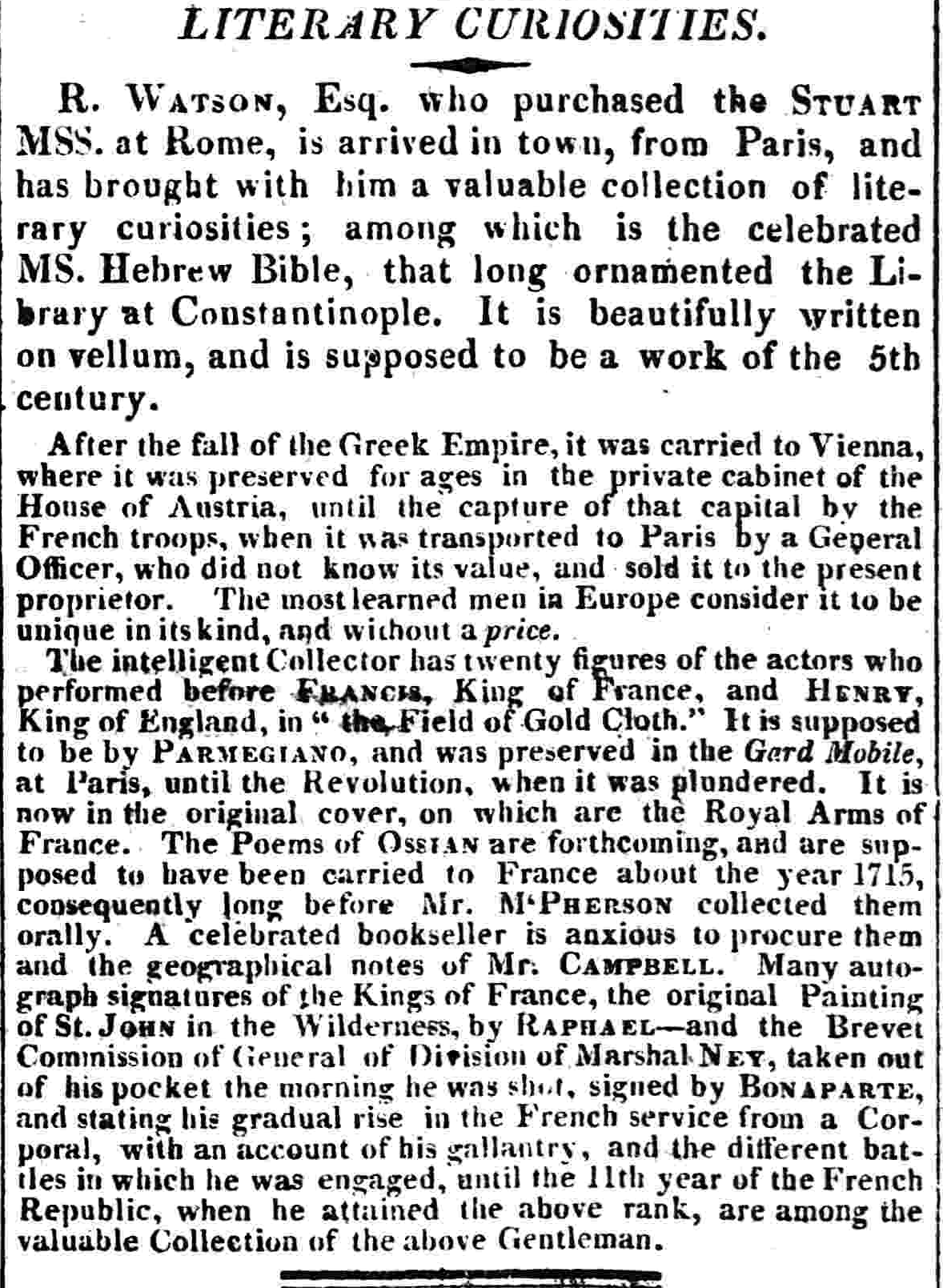By Paula Maher Martin, Gale Ambassador at NUI Galway
To read this blog in Spanish, click here
A member of the ‘Lost Generation’ or a personification of youth or beauty (doomed to fade), thus is Francis Scott Fitzgerald portrayed in The Times Literary Supplement in 1958. Consolidated as a figure of myth over the 20th century, his writing overlaps with his persona and reverberates with foaming champagne and jazz caresses, the sweet indolence of the 1920s. His first novel, This Side of Paradise, published in 1920, became an instant best-seller; according to The Times, Fitzgerald had already sold 75,000 copies of his opera prima by 1921.



